
سلسلههای ایران در گذر زمان
 Islamic Republic of Iran
(1979 )
Islamic Republic of Iran
(1979 )
Founder: Ruhollah Khomeini
The Islamic Republic of Iran was established after the 1357 revolution and by voting for the Islamic Republic system in the referendum on April 12, 1358. This system is based on Islamic principles. The post-revolution era witnessed major developments, including the eight-year war with Iraq and extensive social and political changes. The Islamic Republic of Iran has a centralized and theocratic government structure in which the leadership plays a key role in determining the macro policies of the country.
نمایش بیشتر
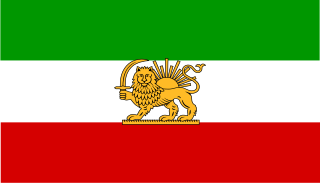 Pahlavi
(1925 تا 1979)
Pahlavi
(1925 تا 1979)
Founder: Reza Shah
The last monarchy in Iran was the Pahlavi monarchy, which was established by Reza Shah. It was a period of modernization and secularization of Iran, and it ended during the reign of Mohammad Reza Shah with the Islamic Revolution of 1979, which led to the establishment of the Islamic Republic of Iran and major changes in society. The life of the Pahlavi government was 54 years.
نمایش بیشتر
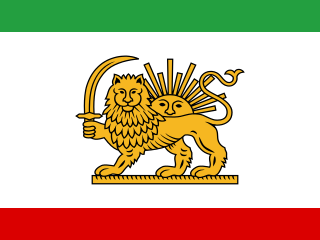 Qajarians
(1796 تا 1925)
Qajarians
(1796 تا 1925)
Founder: Agha Mohammad Khan Qajar
The Qajar dynasty was an Iranian dynasty founded by Mohammad Khan of the Qoyunlu clan of the Turkoman Qajar tribe.
نمایش بیشتر
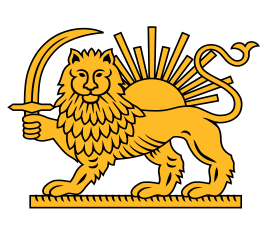 Zand
(1751 تا 1794)
Zand
(1751 تا 1794)
Founder: Karim Khan Zand
The Zand dynasty was an Iranian dynasty, founded by Karim Khan Zand that initially ruled southern and central Iran in the 18th century. It later quickly came to expand to include much of the rest of contemporary Iran as well as parts of Iraq.
نمایش بیشتر
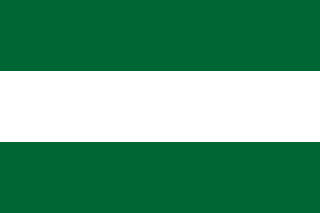 Durrani
(1747 تا 1826)
Durrani
(1747 تا 1826)
Founder: Ahmad Shah Durrani
The Durrani Empire or the Afghan Empire, also known as the Sadozai Kingdom, was an Afghan empire that was founded by Ahmad Shah Durrani in 1747, that spanned parts of Central Asia, the Iranian plateau, and the Indian Subcontinent.
نمایش بیشتر
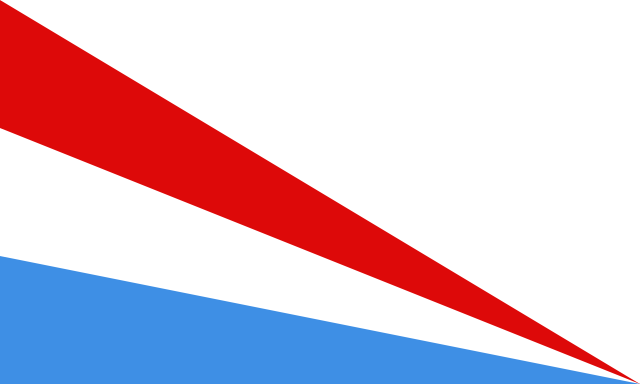 Afsharian
(1736 تا 1796)
Afsharian
(1736 تا 1796)
Founder: Nader Shah
The Afsharid dynasty was an Iranian dynasty founded by Nader Shah of the Qirqlu clan of the Turkoman Afshar tribe, ruling over the Afsharid Empire.
نمایش بیشتر
 Hotakian
(1709 تا 1738)
Hotakian
(1709 تا 1738)
Founder: Mirwais Khan Hotak
The Hotak dynasty was an Afghan monarchy founded by Ghilji Pashtuns that briefly ruled portions of Iran and Afghanistan during the 1720s.
نمایش بیشتر
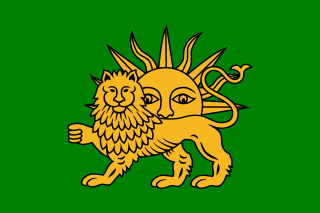 Safavid
(1501 تا 1736)
Safavid
(1501 تا 1736)
Founder: Shah Ismail I
The Safavids established one of the greatest Iranian empires after the Islamic conquest of Persia. They are known for making Shia Islam the official religion of Iran and for their contributions to art, literature, and architecture
نمایش بیشتر
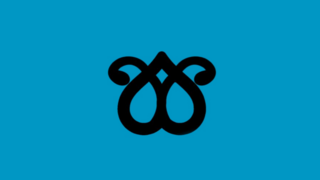 Qara Qoyunlu or Kara Koyunlu
(1378 تا 1469)
Qara Qoyunlu or Kara Koyunlu
(1378 تا 1469)
Founder: Khaje Biram
The Qara Qoyunlu or Kara Koyunlu (Azerbaijani: Qaraqoyunlular), also known as the Black Sheep Turkomans, were a culturally Persianate, Muslim Turkoman monarchy that ruled over the territory comprising present-day Azerbaijan, Armenia, northwestern Iran, eastern Turkey, and northeastern Iraq from about 1374 to 1468.
نمایش بیشتر
 Aq Qoyunlu or the White Sheep Turkomans
(1378 تا 1501)
Aq Qoyunlu or the White Sheep Turkomans
(1378 تا 1501)
Founder: Qara Othman
was a culturally Persianate, Sunni Turkoman tribal confederation. Founded in the Diyarbakir region by Qara Yuluk Uthman Beg,they ruled parts of present-day eastern Turkey from 1378 to 1503, and in their last decades also ruled Armenia, Azerbaijan, much of Iran, Iraq, and Oman where the ruler of Hormuz recognised Aq Qoyunlu suzerainty.The Aq Qoyunlu empire reached its zenith under Uzun Hasan.
نمایش بیشتر
 Timurians
(1370 تا 1498)
Timurians
(1370 تا 1498)
Founder: Timur Gorkani
The Timurid Empire was a late medieval, culturally Persianate Turco-Mongol empire that dominated Greater Iran in the early 15th century, comprising modern-day Iran, Iraq, Afghanistan, much of Central Asia, the South Caucasus, as well as parts of contemporary Pakistan, North India and Turkey.
نمایش بیشترSarbadars (1337 تا 1381)
Founder: Mazandarani Khalifa
The Sarbadars were a mixture of religious dervishes and secular rulers that came to rule over part of western Khurasan in the midst of the disintegration of the Mongol Ilkhanate in the mid-14th century.
نمایش بیشترMuzaffarids (1314 تا 1393)
Founder: Amir Mubarezuddin
The Muzaffarid dynasty was a Muslim dynasty which came to power in Iran following the breakup of the Ilkhanate in the 14th century. At their zenith, they ruled a kingdom comprising Iranian Azerbaijan, Central Persia, and Persian Iraq. The Muzaffarids were known for their support of Arabic literature.
نمایش بیشتر
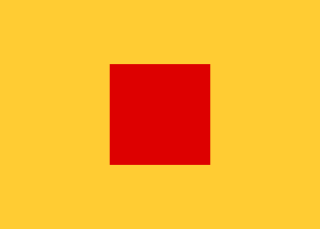 Ilkhanate
(1256 تا 1336)
Ilkhanate
(1256 تا 1336)
Founder: Holakukhan
The Ilkhanate or Il-khanate, also known as the Ilkhanids, and known to the Mongols as H?¼leg?¼ Ulus, was a Mongol khanate established from the southwestern sector of the Mongol Empire. The Ilkhanid realm was officially known as the land of Iran or simply Iran.
نمایش بیشتر
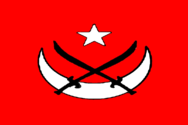 Ghorian
(1148 تا 1215)
Ghorian
(1148 تا 1215)
Founder: Aladdin Hossein Ghori
The Ghurid dynasty was a Persianate dynasty of presumably eastern Iranian Tajik origin, which ruled from the 8th-century in the region of Ghor, and became an Empire from 1175 to 1215.
نمایش بیشتر
 Khwarazmshahs
(1098 تا 1219)
Khwarazmshahs
(1098 تا 1219)
Founder: Anushtkin
The Khwarazmian or Khwarezmian Empire was a culturally Persianate, Sunni Muslim empire of Turkic mamluk origin.
نمایش بیشتر
 Ismailis
(1090 تا 1273)
Ismailis
(1090 تا 1273)
Founder: Hasan Sabbah
The Nizari state (the Alamut state) was a Nizari Isma'ili Shia state founded by Hassan-i Sabbah after he took control of the Alamut Castle in 1090 AD, which marked the beginning of an era of Ismailism known as the "Alamut period". Their people were also known as the Assassins or Hashashins.
نمایش بیشتر
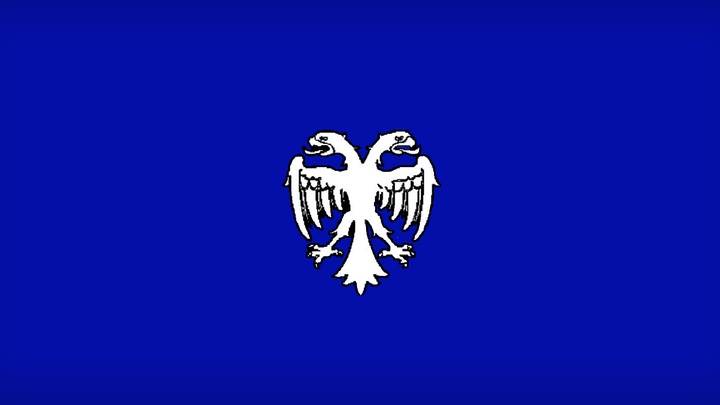 Atabakan
(1155 تا 1424)
Atabakan
(1155 تا 1424)
Founder: Shojauddin Khurshid
The Khorshidi dynasty, Abbasi dynasty or Shahs of Little Lorestan (1184–1597) was a Lur dynasty that ruled Little Lorestan in the later Middle Ages from their capital Khorramabad. They were neighbours of the Hazaraspids who ruled over Greater Lorestan. While the Hazaraspids were more politically important because of their vast territory and the fact that they held major communications routes, the Khorsidi dynasty would become a significant power during the Safavid era due to the end of the Hazaraspids. The Khorsidi dynasty remained an important player in the rivalry between the Safavids and the Ottomans.
نمایش بیشتر
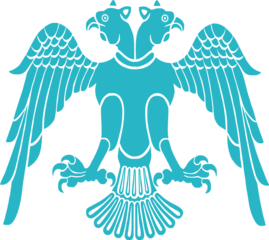 Seljuks
(1037 تا 1194)
Seljuks
(1037 تا 1194)
Founder: Tughrolbeik
The Seljuk Empire, or the Great Seljuk Empire, was a high medieval, culturally Turco-Persian, Sunni Muslim empire, established and ruled by the Q?¯n?¯q branch of Oghuz Turks.
نمایش بیشتر
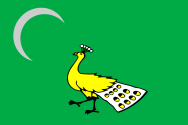 Ghaznavids
(963 تا 1178)
Ghaznavids
(963 تا 1178)
Founder: Alp Takin
The Ghaznavid dynasty or the Ghaznavid Empire was a Persianate Muslim dynasty and empire of Turkic mamluk origin, ruling at its greatest extent, large parts of Iran, Khorasan, and the northwest Indian subcontinent from 977 to 1186.
نمایش بیشتر
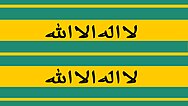 Buyid
(932 تا 1055)
Buyid
(932 تا 1055)
Founder: Imad Doulah Ali
The Buyid dynasty, also spelled Buwayhid, was a Zaydi and, later, Twelver Shia dynasty of Daylamite origin, which mainly ruled over central and southern Iran and Iraq from 934 to 1062.
نمایش بیشترZiyarid (928 تا 1070)
Founder: Mardawij
The Ziyarid dynasty was an Iranian dynasty of Gilaki origin that ruled Tabaristan from 931 to 1090 during the Iranian Intermezzo period. The empire rose to prominence during the leadership of Mardavij.
نمایش بیشتر
 Safaris
(861 تا 1002)
Safaris
(861 تا 1002)
Founder: Jacob Leith
The Saffarid dynasty was a Persianate dynasty of eastern Iranian origin that ruled over parts of Persia, Greater Khorasan, and eastern Makran from 861 to 1002. One of the first indigenous Persian dynasties to emerge after the Islamic conquest, the Saffarid dynasty was part of the Iranian Intermezzo.
نمایش بیشترTaherian (821 تا 873)
Founder: Tahir Zwaliminin
The Tahirid dynasty was an Arabized Sunni Muslim dynasty of Persian dehqan origin that ruled as governors of Khorasan from 821 to 873 as well as serving as military and security commanders in Abbasid Baghdad until 891.
نمایش بیشتر
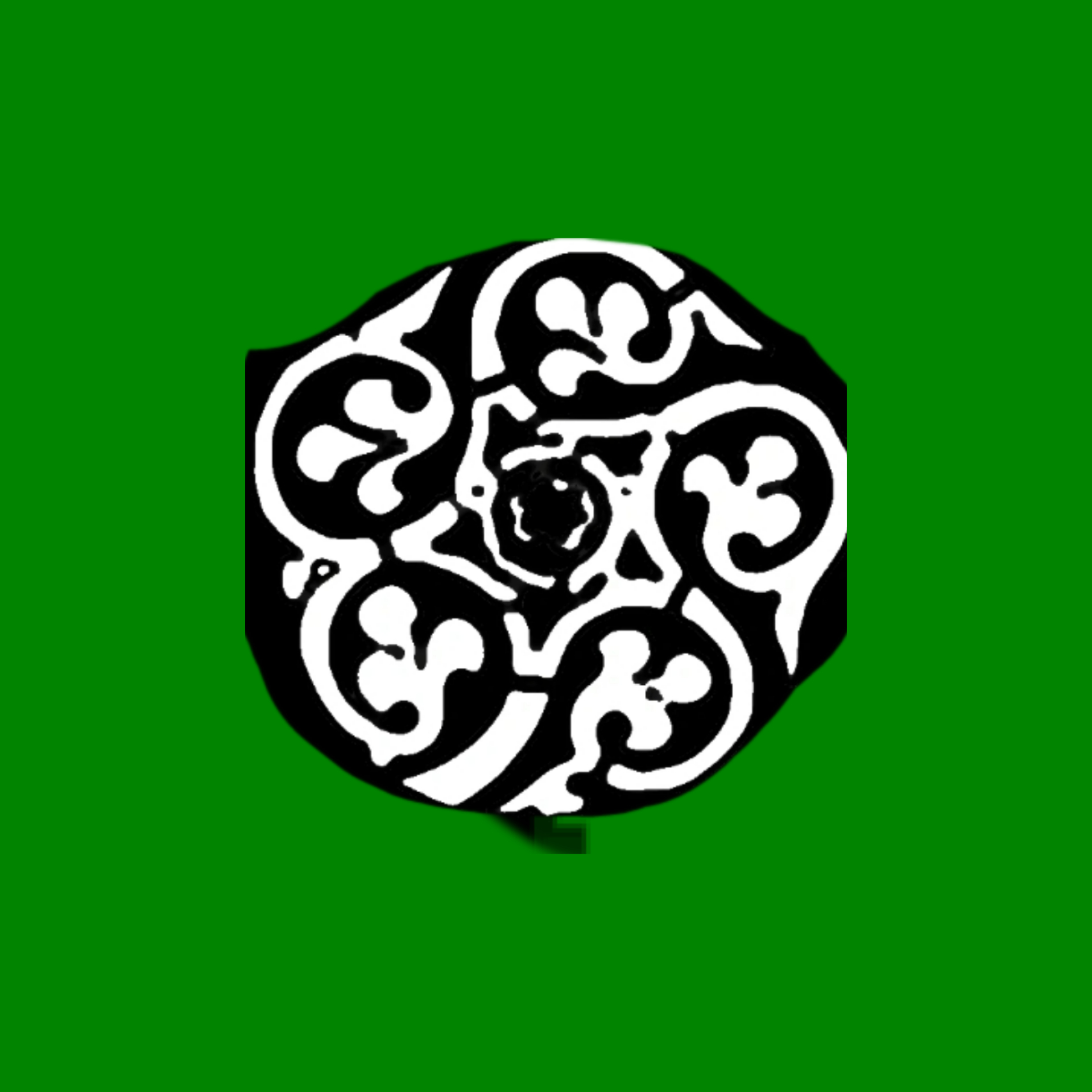 Samanians
(819 تا 1004)
Samanians
(819 تا 1004)
Founder: Ahmed bin Asad
Samanid dynasty, (819–999 ce), Iranian dynasty that arose in what is now eastern Iran and Uzbekistan. It was renowned for the impulse that it gave to Iranian national sentiment and learning.
نمایش بیشتر
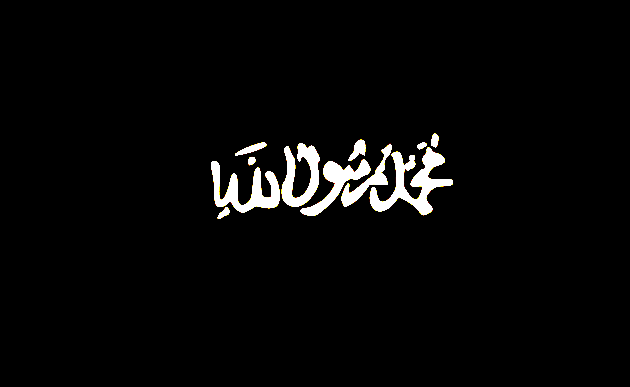 Abbasid Caliphate
(750 تا 821)
Abbasid Caliphate
(750 تا 821)
Founder: safah
The Abbasid Caliphate or Abbasid Empire was the third caliphate to succeed the Islamic prophet Muhammad. It was founded by a dynasty descended from Muhammad's uncle, Abbas ibn Abd al-Muttalib, from whom the dynasty takes its name.
نمایش بیشتر
 Umayyad caliphate
(661 تا 750)
Umayyad caliphate
(661 تا 750)
Founder: Muawiyah
The Umayyad Caliphate or Umayyad Empire was the second caliphate established after the death of the Islamic prophet Muhammad and was ruled by the Umayyad dynasty. Uthman ibn Affan, the third of the Rashidun caliphs, was also a member of the clan.
نمایش بیشتر
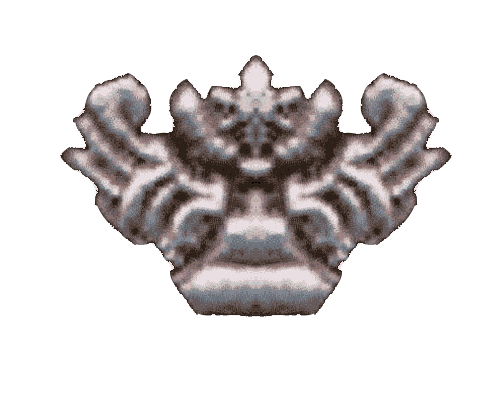 Bavandian
(655 تا 1349)
Bavandian
(655 تا 1349)
Founder: Bow
The Bavand dynasty, or simply the Bavandids, was an Iranian dynasty that ruled in parts of Tabaristan in what is now northern Iran from 651 until 1349, alternating between outright independence and submission as vassals to more powerful regional rulers.
نمایش بیشترPaduspanians (655 تا 1598)
Founder: 1st Padosban
The Baduspanids or Badusbanids , were a local Iranian dynasty of Tabaristan which ruled over Ruyan/Rustamdar. The dynasty was established in 665, and with 933 years of rule as the longest dynasty in Iran, it ended in 1598 when the Safavids invaded and conquered their domains.
نمایش بیشترRashidin Caliphate (644 تا 661)
Founder: Abu Bakr
The Rashidun Caliphate was the first Islamic government established after the death of Prophet Muhammad. It was led by four caliphs known as the "Rightly Guided" and marked by rapid expansion, administrative foundations, and religious unity. This era is considered a model of justice and governance in early Islam. Internal conflicts eventually led to its decline.
نمایش بیشترDabuyid (642 تا 760)
Founder: Gil Gilanshah
he Dabuyid dynasty, or Gaubarid dynasty, was a Zoroastrian Iranian dynasty that started in the first half of the 7th century as an independent group of rulers that ruled over Tabaristan and parts of western Khorasan. Dabuyid rule over Tabaristan and Khorasan lasted from around 642 to the Abbasid conquest in 760.
نمایش بیشتر
 Sassanians
(224 تا 651)
Sassanians
(224 تا 651)
Founder: Ardeshir Babkan
The Sasanian Empire or Sassanid Empire, also known as the Second Persian Empire or Neo-Persian Empire, was the last Iranian empire before the early Muslim conquests of the 7th–8th centuries AD
نمایش بیشتر
 Parthians
(-247 تا 224)
Parthians
(-247 تا 224)
Founder: Arshak I
The Parthians, known for their skilled horsemen and archers, established an empire that resisted Roman expansion in the East. They are celebrated for their art and architecture, which included the development of the distinctive Parthian style
نمایش بیشتر
 Seleucids
(-312 تا -175)
Seleucids
(-312 تا -175)
Founder: Seleucus I
After the death of Alexander the Great, his general Seleucus established the Seleucid Empire, which included Persia. This Hellenistic state was characterized by the spread of Greek culture and language throughout its territories
نمایش بیشترAlexander's empire (-328 تا -312)
Founder: Alexander
Alexander's empire briefly extended into the Iranian plateau after his conquest of the Achaemenid Empire. His rule introduced Hellenistic culture to the region, blending Greek and Persian elements. Although short-lived, this period significantly influenced art, governance, and urban planning. After his death, the empire fragmented and gave rise to the Seleucid dynasty in Iran.
نمایش بیشتر
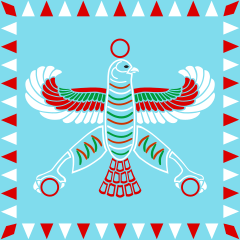 Achaemenid
(-550 تا -330)
Achaemenid
(-550 تا -330)
Founder: The Great Cyrus
Founded by Cyrus the Great, the Achaemenid Empire is often considered the first true empire in history. It expanded to encompass parts of three continents, and its administrative and governmental approaches have been admired for their efficiency
نمایش بیشتر
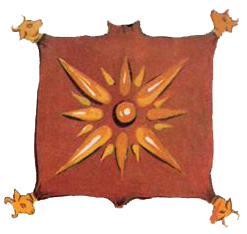 Medes
(-678 تا -550)
Medes
(-678 تا -550)
Founder: Diaco
The Elamite civilization, among the world’s oldest, was located in southwestern Iran and is known for its unique language and culture. Influenced by neighboring Sumerians, the Elamites maintained distinct societal practices, including a matrilineal system where lineage and power were passed through the female line. This system lasted until the Neo-Elamite period, showcasing the civilization’s complexity and historical significance.
نمایش بیشترElam civilization (-3200 تا -539)
Founder: Humbaba
Elam was an ancient civilization centered in the far west and southwest of modern-day Iran, stretching from the lowlands of what is now Khuzestan and Ilam Province as well as a small part of southern Iraq.
نمایش بیشترسلسلههای ایران در گذر زمان
در این صفحه با سلسلههای مهم ایران، از امپراتوریهای باستانی تا حکومتهای معاصر، آشنا میشوید. اطلاعاتی مانند بنیانگذار، دوره حکومت، و شرح کوتاه برای هر حکومت ارائه شده است تا روند تاریخی ایران را بهتر درک کنید.
این صفحه برای علاقهمندان به تاریخ، دانشآموزان و گردشگران بسیار مفید است.
ارسال نظر
